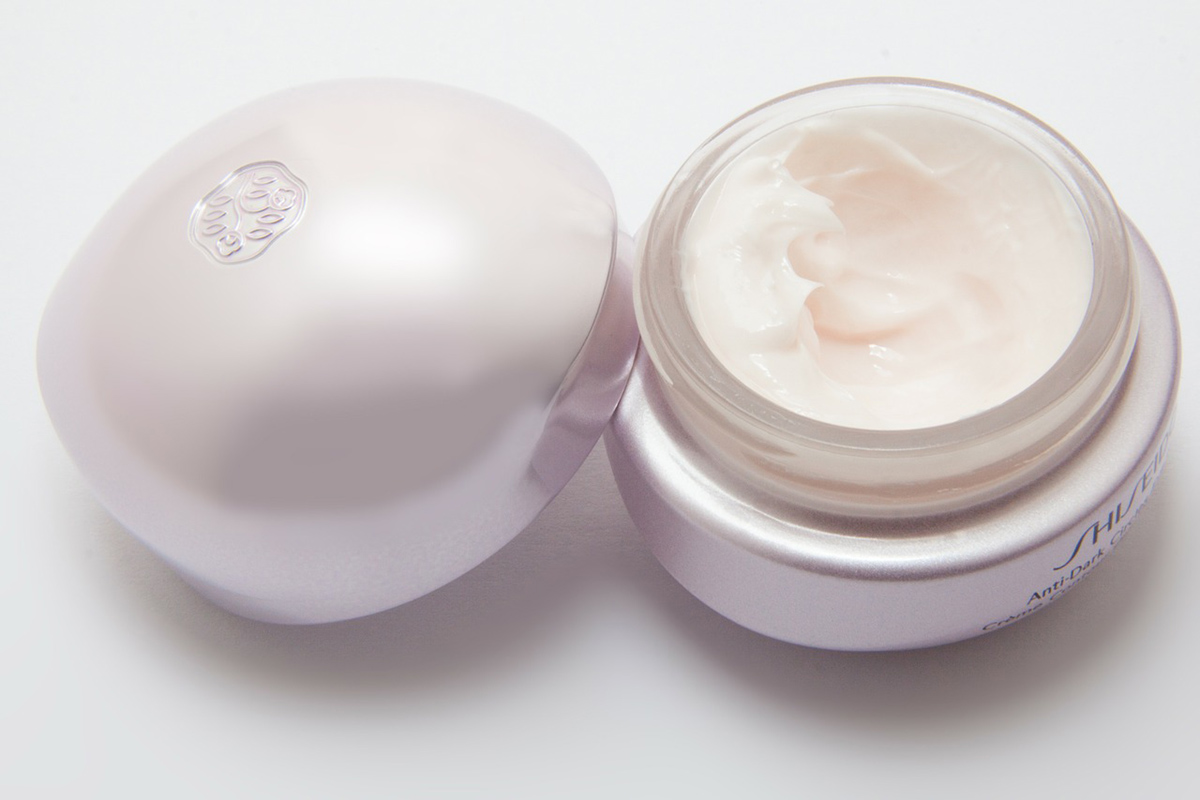
Cortisone is a corticosteroid used orally, intravenously, topically or intrauricularly. It is a highly efficient suppressant of the immune system hence it is used for a variety of inflammatory conditions.
Cortisone cream is a topical medication prescribed to people suffering from numerous inflammatory conditions. Some of them are skin disorders such as eczema, dermatitis and psoriasis. The effects of the cream are a decrease in inflammatory skin reaction, reduction of swelling and elimination of all unpleasant symptoms such as burning or itching sensations.
What Is Cortisone Cream Used for?
Cortisone cream is considered a mild corticosteroid and this makes it suitable to apply on many skin lesions. For example, it is prescribed in case of insect bites, poison oak or ivy rash, mild or moderate eczema, psoriasis, different types of dermatitis and allergies.
The cream is highly efficient against inflammation. It successfully deals with swelling, itching and redness. The doctor will recommend the cream after setting the definitive diagnosis and it is not advisable for people to use the cream without previous consultation with the health care provider. It is also essential never to use the cream longer than recommended. And finally, any side effect must be reported at once and further administration of the cream should immediately discontinue.
What Are Side Effects of Cortisone Cream?
Side effects of cortisone cream are rare and they tend to occur only if the cream is used for a longer period of time or the concentration of the drug in the product is high. The most commonly reported side effects of cortisone cream are stinging or burning sensations, irritation of the skin, dryness or redness of treated area, skin atrophy, discoloration and formation of stretch marks. In case the cream is applied on skin folds, penetration of the active substance is much deeper. This can eventually cause easy bruising and tearing of the skin, tinea incognito, formation of telangiectasia and the skin generally becomes more susceptible to infections. Cortisone cream applied around the eyes may be associated with glaucoma and cataract.
How To Use Cortisone Cream?
The cream is applied according to doctor's orders. Additional information regarding dosage instructions is obtained from the label of the medication. The cream is applied to the affected skin and gently rubbed in, in order to be evenly distributed across the entire portion of the affected skin. In case the cream is supposed to be applied to specific areas such as the face, groins or underarms the doctor will explain the entire process of application. And finally, the cream must never be applied on wounds, scraped, infected and burned skin.




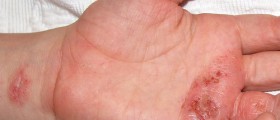
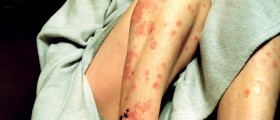
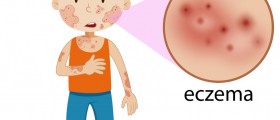
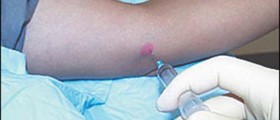





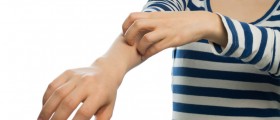

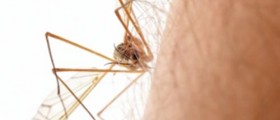

Your thoughts on this
Loading...